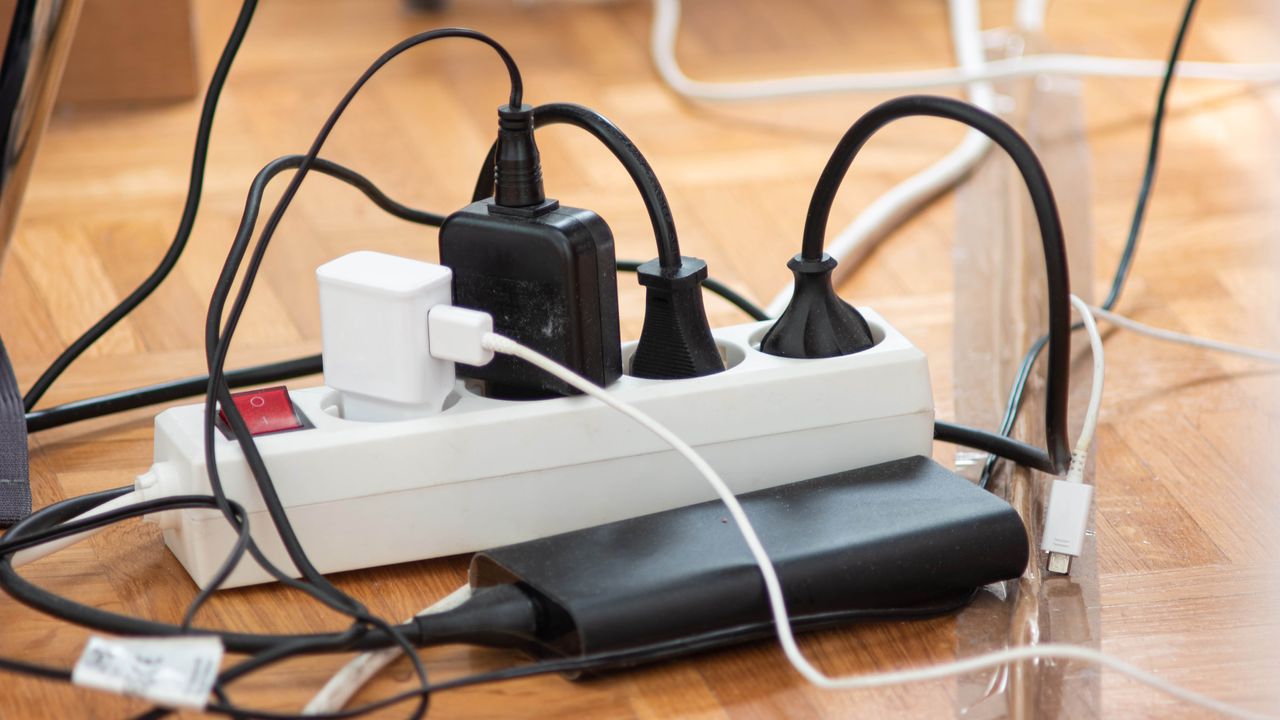Homeowners may be losing up to $200 annually on energy bills due to a phenomenon known as “phantom load” or “vampire power.” This issue arises from devices that consume electricity even when not in active use. With rising energy costs and the pressing need for energy efficiency, experts emphasize the importance of identifying and mitigating these hidden energy drains.
According to Lizzy Kolar, co-founder and CEO of Scope Zero, approximately 30% of the average household’s energy expenditure is dedicated to space heating, marking it as the largest segment of energy use. While improving insulation and utilizing smart technology can significantly reduce overall energy consumption, Kolar highlights that there are simpler methods to cut costs that often go unnoticed.
The term “phantom load” refers to the electricity consumed by devices that remain on standby. Ryan Gregor, owner and head electrician of RCG Electrical, explains that many electronic devices draw power even when they are turned off. This constant energy draw can account for as much as 10% of a household’s total energy usage.
In addition to incurring higher electricity costs, Bidisha Nagaraj, global vice president at Schneider Electric, notes that this continuous energy draw can also lead to the deterioration of electronic devices over time. “Unplugging devices not only saves money but can also prolong the lifespan of your electronics,” Nagaraj states. With average electricity bills in the United States exceeding $150 per month, eliminating phantom loads can lead to substantial savings.
Experts estimate that homeowners could save about $200 each year by unplugging devices that contribute to phantom load. Nagaraj points out that what may seem like a minor cost, such as a charger drawing a quarter per year, can accumulate significantly when considering multiple devices across a household.
Identifying Energy Drains
To effectively reduce energy consumption, experts recommend focusing on devices that are commonly left in standby mode. “Start with anything that has a remote control, a digital clock, or a standby light,” suggests Brandon Young, CEO at Payless Power. He adds that equipment such as televisions, gaming consoles, printers, computers, and kitchen appliances like microwaves and coffee makers typically consume the most energy.
Chargers for phones, tablets, and laptops also contribute to phantom load. Young advises unplugging these devices if they are not used daily. “A coffee machine left in standby might consume more power than your internet router when it is operational,” states Serkan Demirci, CEO of Vind Solar Systeme GmbH. He further explains that cable boxes, which function as small computers that remain on, can also significantly drain energy.
In considering whether to leave electronics in sleep mode or turn them off completely, Young clarifies that while sleep mode does reduce energy consumption, it still draws power. “If a device will not be used for several hours, it’s more efficient to turn it off at the wall or unplug it entirely.” He adds that standby mode can draw between 0.1 watts to over 10 watts, with cable boxes consuming between 20-30 watts continuously, equating to the energy used by a light bulb left on all day.
Additional Energy-Saving Strategies
Beyond unplugging devices, there are other effective strategies for reducing energy use at home. When purchasing new electronics, consumers should seek out the Energy Star label, indicating that the product is energy-efficient. Additionally, many appliances feature eco modes that can further conserve energy. Upgrading to smart light bulbs, smart plugs, and smart thermostats can also enhance energy efficiency.
As energy prices continue to rise, understanding and addressing phantom load can play a significant role in lowering household energy expenditures. By implementing these strategies, homeowners can enjoy both financial savings and contribute to environmental sustainability.
